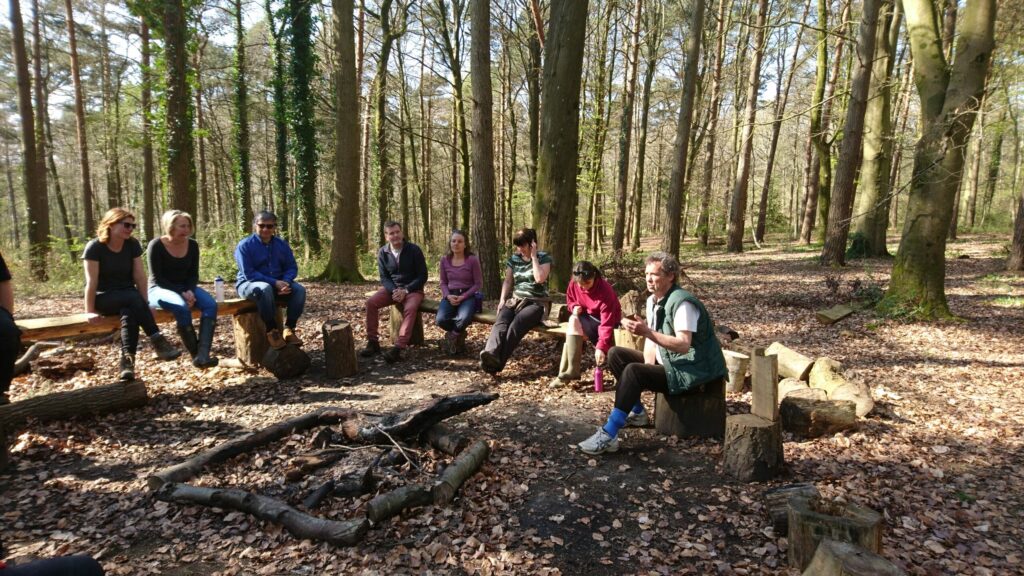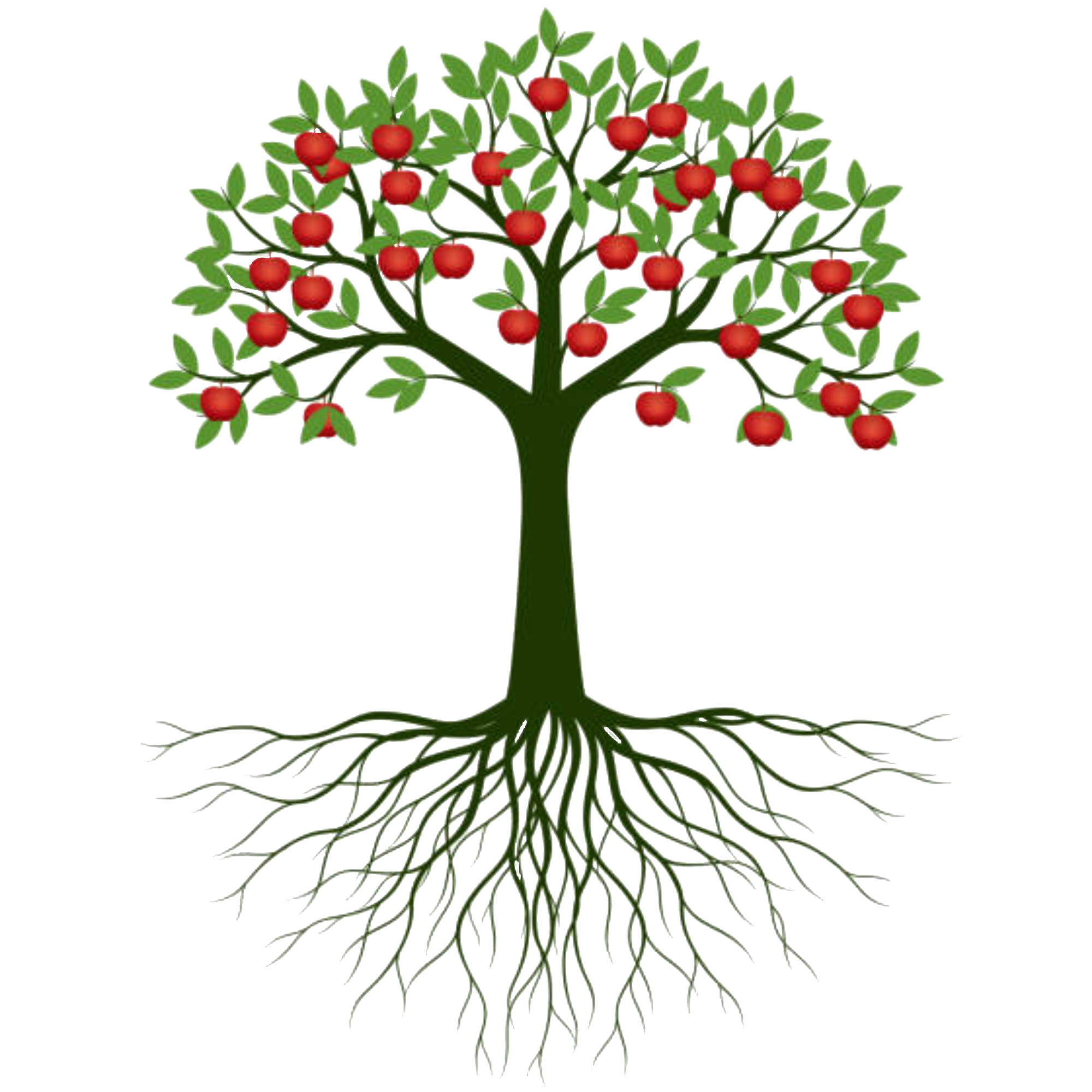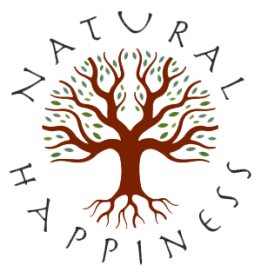How to go deeper with green prescribing:
The Seven Seeds of Natural Happiness
Green prescribing typically supports wellbeing through Nature contact: what I’d like to share with you is some pioneering methods which have evolved through two non-profit education centres I founded: an organic farm and a conservation woodland.
In essence, what Natural Happiness offers is helping people to see the parallels between their own human nature and the ecosystem they’re working with, and to use organic cultivation methods to grow their own wellbeing and resilience.
Here’s an example: in organic systems, composted waste is the main source of fertility for future growth. I’ve found that people readily see the parallel for human nature: many of us spend a lot of energy pushing down difficult feelings and anxious thoughts. I recognise that major issues may need professional help such as counselling, but there are simple methods like circular breathing, stomping, and ranting, which can harness the positive energy out of everyday minor issues.

Alan with a Natural Happiness group at Hazel Hill Wood
I developed the Natural Happiness methods through working with a range of people, including some typical green prescribing groups: clients suffering from depression, bereavement, and physical health issues such as Alzheimer’s and cancer. Typically we’d weave a couple of processes into a 3-hour conservation session.
Another analogy which works well is roots and fruits. At Hazel Hill, I often invite people to do a short, guided meditation, sitting with a tree: imagining that they too have a root network, a trunk, and spreading branches. These represent the resources and stability they depend on (roots), the ways they process resources and handle stress (trunk), and their fruits or outputs (branches). I invite them to feel into whether these three elements are in balance, or if they may need to nourish their roots or prune back some branches.

Nourish your Roots and Compost your Troubles are Seeds 1 and 3 in my recent book, Natural Happiness: Use Organic Gardening Skills to Cultivate Yourself. The early chapters explore how we can use a range of gardening methods, including crop rotation (to avoid burnout), mulching, and soil structure improvements. Later chapters are probably less relevant to green prescribing, on cultivating community and growing through climate change.
It’s written as a self-help book, with processes explained to apply these analogies. If you facilitate green prescribing groups, you should be able to lead these processes from the book. Clearly in this context one has to be careful about clients’ learning capacity and emotional resilience: one benefit of the Natural Happiness model is that it is literally grounded in down-to-earth methods, and it can enrich and inform anyone’s experience of Nature contact.
See more at www.naturalhappiness.net.
